
10 Traditional Japanese Festivals (Matsuri) You Can’t Miss
Japanese festivals, or *matsuri*, are vibrant celebrations of cultural heritage, featuring elaborate costumes, lively parades, and ancient rituals. Spanning from grand city events to intimate rural gatherings, each festival is unique and rooted in local traditions, legends, or religious beliefs. These festivals often highlight seasonal changes, such as cherry blossoms in spring or harvest blessings in autumn, and serve as opportunities for communities to come together in celebration.
This guide introduces 10 of Japan's most famous traditional festivals. From the energetic Gion Matsuri in Kyoto to the spectacular Nebuta Matsuri in Aomori, each festival offers visitors a chance to experience the spirit of Japanese culture.
Contents
7. Sapporo Snow Festival (Sapporo)
8. Akita Kanto Festival (Akita)
1. Gion Matsuri (Kyoto)
Gion Matsuri, held in Kyoto throughout July, is one of Japan’s most famous and oldest festivals. Originally started in the 9th century to appease the gods and prevent disease, it has grown into a month-long celebration featuring elaborate yamaboko floats and traditional music. The highlight of Gion Matsuri is the grand procession, or *Yamaboko Junko*, where intricately decorated floats parade through Kyoto’s streets. Each float is an artwork in itself, decorated with tapestries, lanterns, and textiles.
Visitors can also enjoy yoiyama, pre-procession street parties filled with food stalls, local crafts, and evening illuminations. Gion Matsuri offers a unique insight into Kyoto’s rich culture and ancient traditions.
2. Nebuta Matsuri (Aomori)
Aomori’s Nebuta Matsuri, held from August 2nd to August 7th, is a spectacular summer festival featuring enormous illuminated floats, or *nebuta*, depicting warriors, gods, and mythical creatures. These floats are made of washi paper and meticulously painted in vibrant colors. Accompanied by taiko drums, flutes, and dancers known as *haneto*, the procession is both captivating and energetic.
The grand finale includes a fireworks display over Aomori Bay. Nebuta Matsuri offers an immersive experience, with visitors invited to participate in the dancing, creating a vibrant, unforgettable summer festival.
3. Tanabata Matsuri (Sendai)
Sendai’s Tanabata Matsuri, celebrated in early August, is Japan’s largest festival dedicated to the Star Festival. Inspired by the legend of star-crossed lovers, Tanabata Matsuri is known for its colorful *fukinagashi* streamers representing wishes. These elaborate decorations are hung throughout the city, creating a magical, otherworldly atmosphere.
The festival also features traditional music, fireworks, and food stalls, allowing visitors to experience both the festive and reflective aspects of Tanabata. This festival celebrates love, hope, and unity, making it a moving experience for all who attend.
4. Aoi Matsuri (Kyoto)
Held in May, Aoi Matsuri is one of Kyoto’s oldest festivals, dating back to the Heian period. Also known as the Hollyhock Festival, it is celebrated with a procession of people dressed in traditional Heian-era attire. Participants wear beautiful silk robes adorned with hollyhock leaves as a symbol of protection against natural disasters.
The main event is a parade from the Imperial Palace to the Kamo Shrines, featuring hundreds of participants, including imperial court representatives and mounted warriors. Aoi Matsuri is a beautifully preserved slice of Japan’s history, offering visitors a glimpse into Kyoto’s ancient past.
5. Tenjin Matsuri (Osaka)
Tenjin Matsuri, celebrated in late July, is Osaka’s most famous festival and is dedicated to Sugawara no Michizane, the deity of scholarship. The festival features a land procession and a river parade, where boats carrying elaborately decorated shrines travel down the Okawa River. The festival culminates in a breathtaking fireworks display, illuminating the river and surrounding cityscape.
Known for its exciting, lively atmosphere, Tenjin Matsuri combines traditional rituals with dynamic performances, showcasing Osaka’s vibrant spirit.
6. Kanda Matsuri (Tokyo)
Kanda Matsuri, held every two years in May, is one of Tokyo’s largest Shinto festivals. It celebrates the prosperity of the Kanda area and is hosted by the Kanda Myojin Shrine. The festival includes a grand parade featuring mikoshi (portable shrines), floats, and traditional costumes that travel from Kanda Shrine to the Nihonbashi and Marunouchi districts.
Kanda Matsuri’s combination of colorful processions and Shinto rituals offers visitors an insight into Tokyo’s spiritual heritage and celebratory culture.
7. Sapporo Snow Festival (Sapporo)
The Sapporo Snow Festival, or *Yuki Matsuri*, held in February, is one of Japan’s most iconic winter events. The festival is famous for its massive snow and ice sculptures, transforming Sapporo’s Odori Park into a winter wonderland. International sculptors participate, creating elaborate works that include famous landmarks, animals, and characters.
The festival also features illuminated displays, snow slides, and ice bars, making it an enchanting experience for visitors of all ages. The Sapporo Snow Festival celebrates the beauty of winter and showcases Japan’s love for creative expression.
8. Akita Kanto Festival (Akita)
The Akita Kanto Festival, held in early August, is a unique summer festival dedicated to praying for a bountiful harvest. The festival’s highlight is the *kanto* performances, where skilled performers balance long bamboo poles adorned with lanterns, representing rice stalks, on various parts of their bodies.
The sight of hundreds of illuminated kanto poles swaying through the night is a mesmerizing experience, symbolizing strength, balance, and community. The Akita Kanto Festival is both visually stunning and deeply rooted in agricultural traditions.
9. Chichibu Night Festival (Saitama)
Held in early December, the Chichibu Night Festival is one of Japan’s most spectacular winter festivals. It features lavishly decorated floats adorned with lanterns and traditional carvings, which parade through the city of Chichibu. The festival culminates in a dazzling fireworks display, one of the few to occur in winter, lighting up the crisp night sky.
The Chichibu Night Festival combines stunning visuals, music, and pyrotechnics, creating a magical atmosphere that attracts visitors from across Japan and beyond.
10. Omizutori (Nara)
Omizutori, held at Todai-ji Temple in Nara every March, is an ancient Buddhist festival that dates back over 1,200 years. Known as the “Water Drawing Ceremony,” Omizutori is a series of rituals intended to cleanse sins and bring blessings to the people. The festival’s highlight is the *Otaimatsu* ceremony, where large torches are carried up to Nigatsu-do Hall, showering sparks down on the crowds below.
Omizutori’s solemn rituals and fiery displays create a powerful atmosphere, offering visitors a deep and spiritual experience.
These 10 festivals showcase the diversity and vibrancy of Japanese culture. Each event is a unique celebration of heritage, community, and seasonal beauty, making them unforgettable experiences for anyone exploring Japan.
Share
You may also like
-

Visiting Japan’s Love Hotel Districts: What to Expect
Japan’s love hotel districts are famous for their unique and fascinating blend of privacy, creativity, and a touch of...
-

Top 10 Late-Night Dining Spots in Tokyo’s 24-Hour Cafes
Tokyo’s vibrant nightlife extends well beyond bars and nightclubs, with a thriving late-night dining culture tha...
-
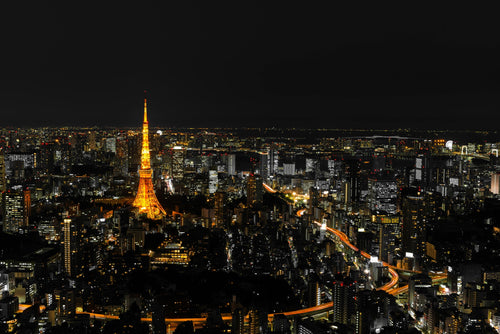
Best Night Tours in Tokyo for After-Dark Adventures
Tokyo’s nightlife is renowned for its energy, vibrancy, and unique blend of traditional and modern experiences. From ...
-
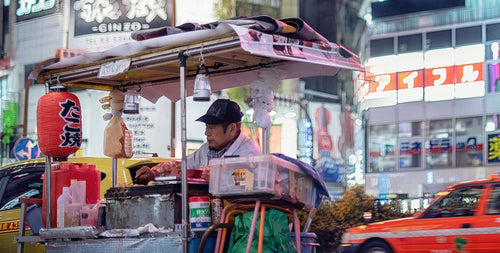
Japan’s Late-Night Food Culture: 8 Best Street Eats
Japan’s late-night food culture is a vibrant experience, especially in bustling cities like Tokyo and Osaka, where de...
-
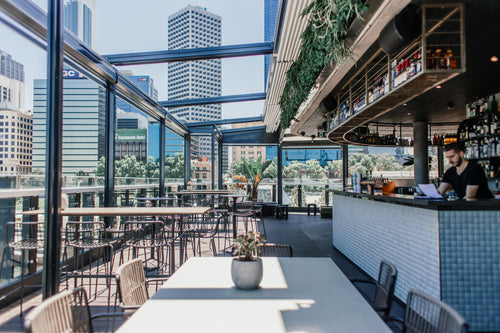
7 Rooftop Bars in Tokyo for Stunning Views
Tokyo’s rooftop bars offer some of the best ways to soak in the city’s skyline while enjoying drinks, atmosphere, and...
-
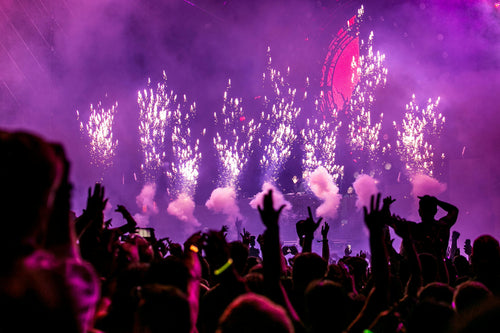
10 Best Nightclubs in Tokyo for Dancing and Music Lovers
Tokyo's nightlife is renowned for its variety and energy, with nightclubs that range from high-energy dance floors to...
-
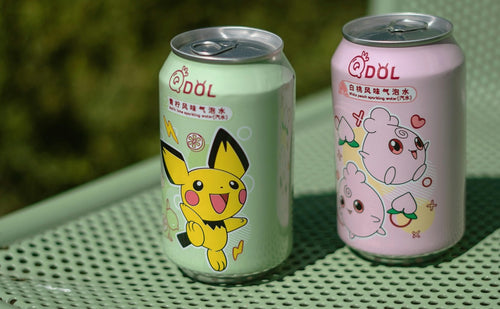
8 Themed Bars and Cafes You Need to Visit in Tokyo
Tokyo is famous for its creative and quirky themed bars and cafes, offering immersive experiences for locals and...
-

Tokyo Nightlife Guide: Shinjuku, Shibuya, and Roppongi Highlights
Tokyo’s nightlife is legendary, offering a mix of vibrant energy, entertainment, and unique experiences in some of it...
-
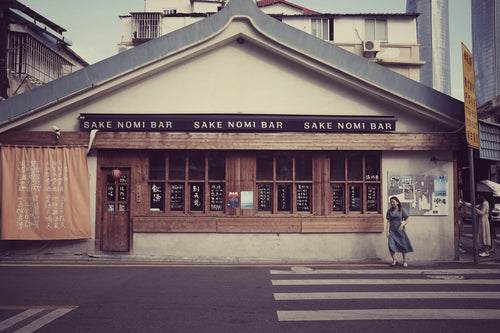
7 Best Japanese Sake Bars in Tokyo
Tokyo is home to some of Japan’s best sake bars, offering both locals and visitors an opportunity to explore the...
-
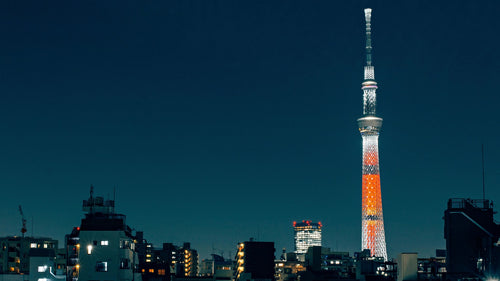
Top 6 Observation Decks in Tokyo for Scenic Views
Tokyo’s observation decks offer some of the best panoramic views of the city, giving visitors a chance to see th...
-
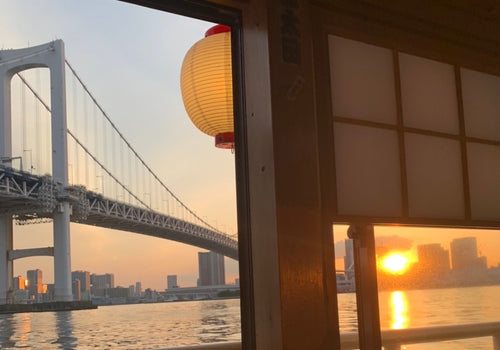
Night Cruises in Tokyo: Enjoy the City Views
Tokyo’s skyline is mesmerizing at any time, but experiencing it from the water on a night cruise adds a magical ...
-
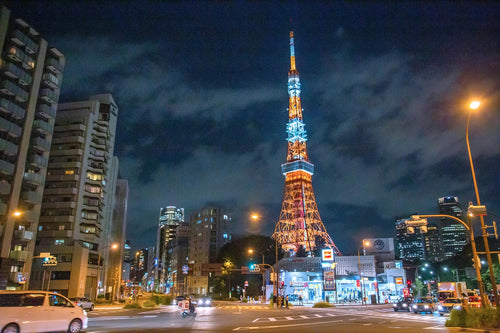
Roppongi Art and Nightlife Guide
Roppongi is one of Tokyo’s most vibrant districts, known for its lively nightlife, sophisticated art scene, and ...
-
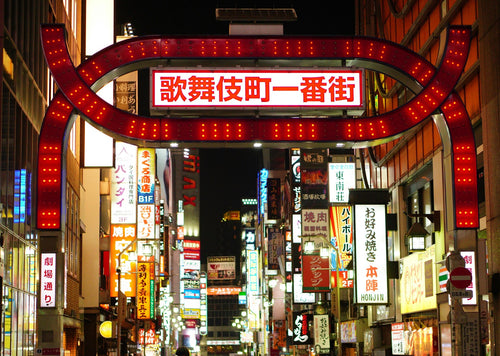
Nightlife Guide to Shinjuku Kabukicho
Shinjuku’s Kabukicho district, known as Tokyo’s “Sleepless Town,” is the center of nightlife in Tokyo. Renowned ...
-
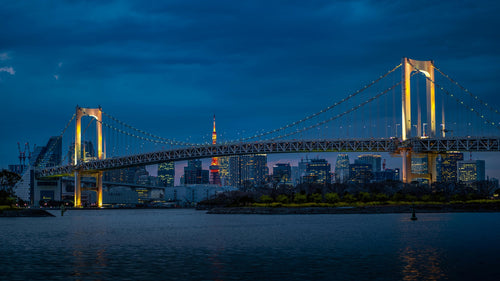
6 Best Night View Spots in Tokyo
Tokyo at night is a breathtaking spectacle, with illuminated skyscrapers, iconic landmarks, and bustling streets that...
-
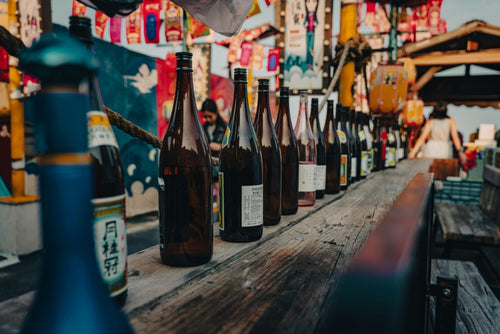
Top 12 Sake Breweries in Japan for Tasting and Tours
Japan’s sake culture is celebrated around the world for its depth, complexity, and rich history. Sake, or nihons...
-
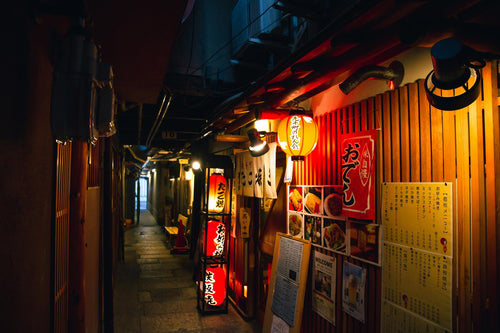
How to Enjoy a Night at a Japanese Izakaya
Japanese izakayas are casual, lively spots where locals gather after work to enjoy drinks, share small plates, a...
-
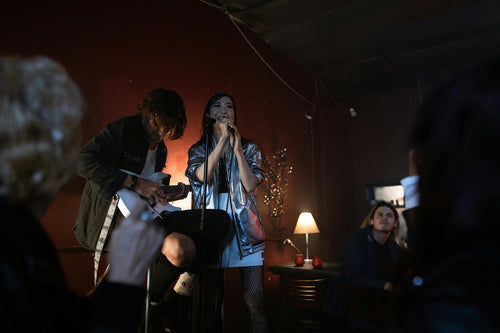
Exploring Karaoke Culture in Japan: 8 Best Places to Sing
Karaoke is an integral part of Japanese culture, offering a fun and entertaining way for friends, family, and even co...
-
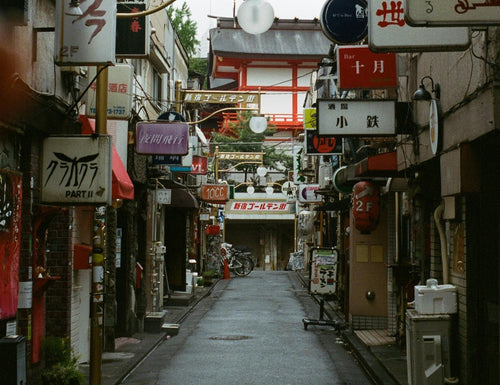
5 recommended bars in Golden Gai
Golden Gai, nestled in the heart of Tokyo’s Shinjuku district, is one of the city’s most iconic bar districts. Known ...
-
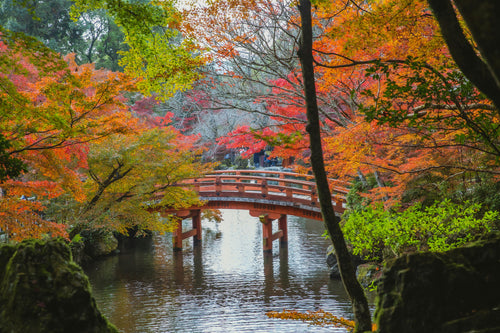
10 Japanese Gardens You Should Visit for Tranquility
Japanese gardens are renowned for their beauty, tranquility, and intricate designs that reflect harmony with nature. ...
-
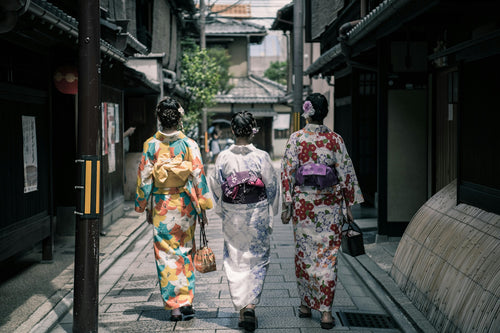
Japan’s Kimono Heritage: Symbolism, Style, and Where to See
The kimono, Japan’s traditional garment, is a beautiful and symbolic representation of Japanese culture. From its int...
-
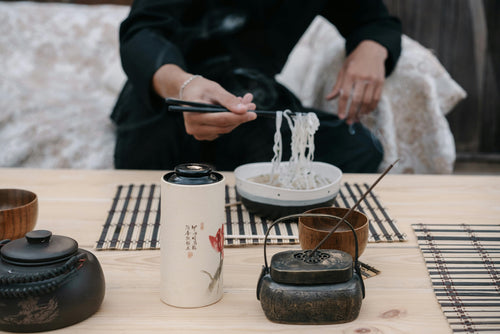
Etiquette Essentials for Visitors to Japan
Japan’s culture is rich in respect, politeness, and consideration, making etiquette an essential part of daily l...
-
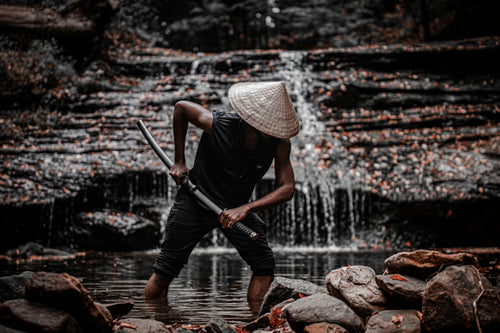
7 Best Places to Discover Japan’s Samurai History
Japan’s samurai history is one of honor, skill, and deep cultural influence, stretching back centuries and leaving an...
-
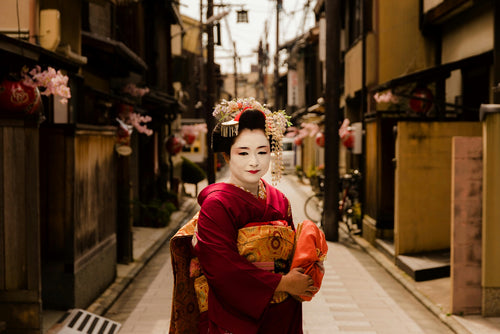
Geisha Culture in Japan: Myths and Realities
The world of geisha, Japan’s skilled performers and keepers of traditional arts, has long intrigued people around th...
-
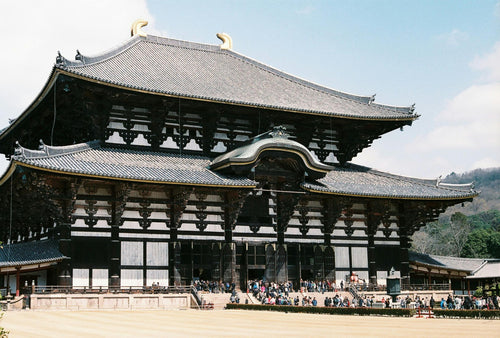
Japan’s Unique Architecture: Top 8 Traditional and Modern Landmarks
Japan is renowned for its unique blend of ancient architectural heritage and cutting-edge modern designs. From c...
-
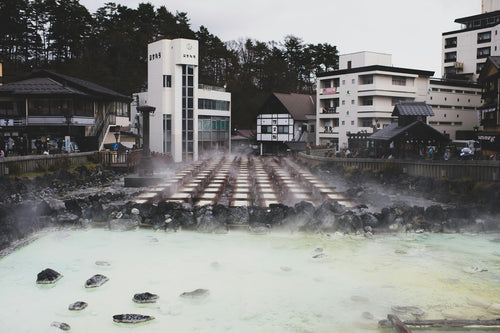
Japan’s Three Great Onsen: A Guide to Famous Hot Springs
Japan is famous for its natural hot springs, or *onsen* (温泉), offering visitors a unique opportunity to relax and rej...
-
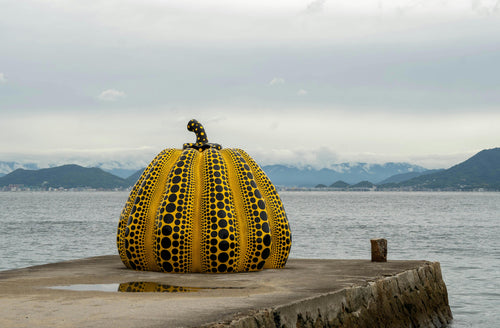
Japanese Art Exploration: Best Spots to Enjoy Art in Japan
Japan is a country rich in artistic heritage, from centuries-old traditional crafts to modern, innovative instal...
-
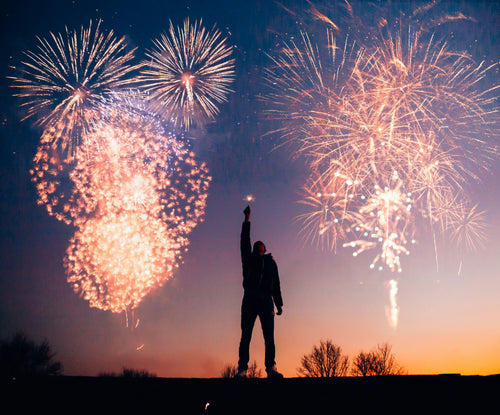
Guide to Japan’s Fireworks Festivals: When and Where to Go
Japan’s summer fireworks festivals, known as "hanabi taikai" (花火大会), are among the most anticipated events in th...
-
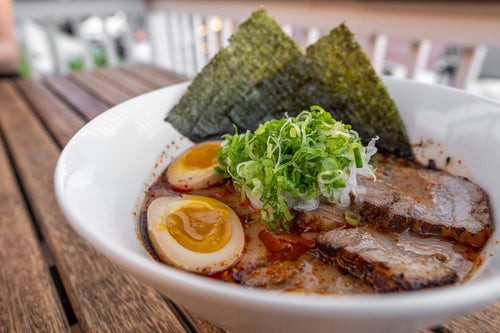
Where to Experience Ramen-Making Classes in Japan
Ramen is one of Japan’s most beloved dishes, with countless regional styles and flavors that attract food lovers from...
-
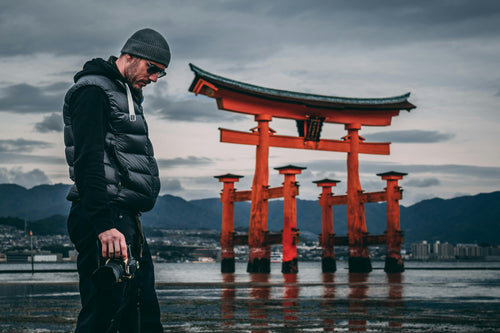
Power Spot Tours: Japan’s Famous Temples and Shrines
Japan is a land steeped in spiritual history, and visiting its temples and shrines provides not only a glimpse i...
-
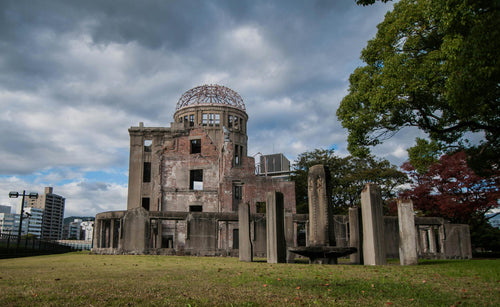
UNESCO World Heritage Site Tour Guide in Japan
Japan is home to numerous UNESCO World Heritage Sites, each offering a glimpse into the country’s rich cultural herit...
-
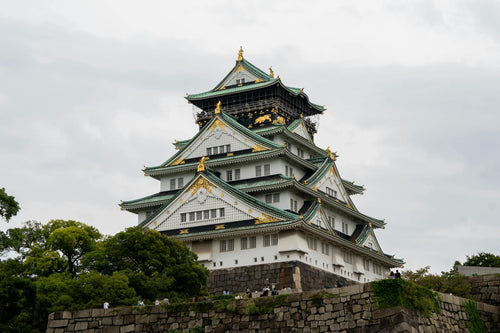
5 Famous Japanese Castles: History and Highlights
Japan is home to some of the most beautiful and historically significant castles in the world. Built during the feuda...
-
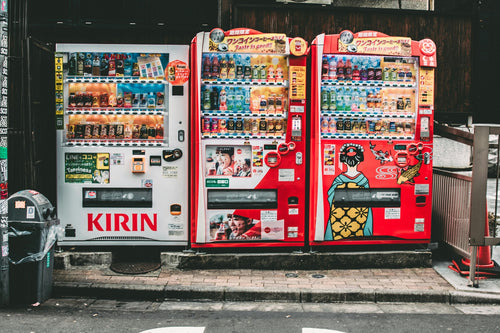
10 Unique Drinks to Try from Japanese Vending Machines
Japan is famous for its vending machines, offering an incredible variety of drinks that go beyond just soft drinks an...
-
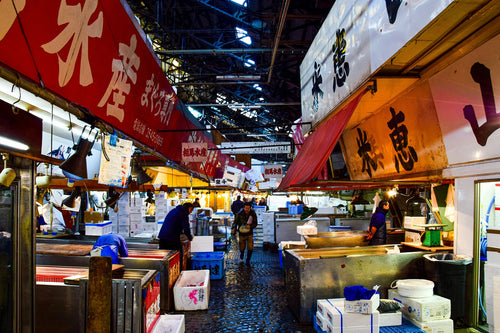
Tokyo Market Guide: Exploring Tsukiji and Toyosu Markets
Tokyo's Tsukiji and Toyosu Markets are must-visit spots for food lovers and anyone interested in Japan’s rich culinar...
-

Experiencing Traditional Tea Ceremony in Tokyo
The Japanese tea ceremony, or "chanoyu," is a cultural experience steeped in tradition, aesthetics, and mindfulness....
-
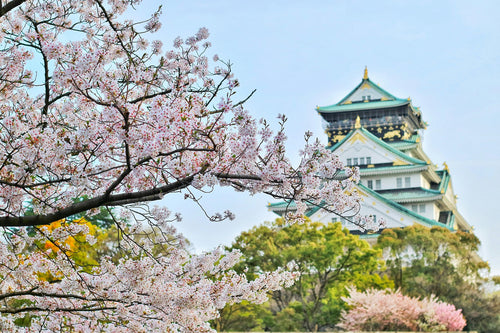
Top 7 Cherry Blossom Viewing Locations in Tokyo
Springtime in Tokyo is synonymous with the cherry blossom season, a breathtaking period when the city’s parks, rivers...
-
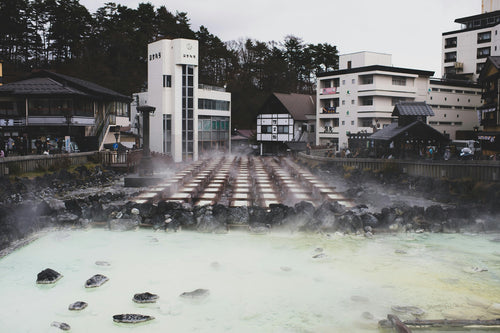
What is Onsen? A Guide to History, Benefits, and Etiquette
Onsen, Japan’s cherished hot spring culture, offers a unique blend of relaxation, scenic beauty, and deep-rooted trad...
-
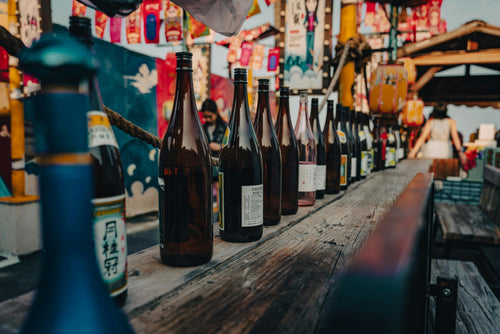
What is Sake? Its Production Method and History
Sake is a traditional Japanese alcoholic beverage made from fermented rice. It has been enjoyed in Japan for over a t...
-
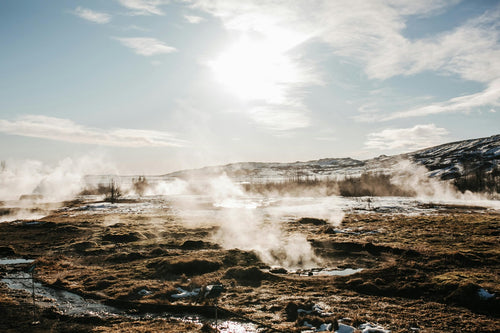
8 hot springs with beautiful scenery near Tokyo
Tokyo is a bustling metropolis, but just outside the city are some of Japan's most serene hot springs, or onsens, off...
-
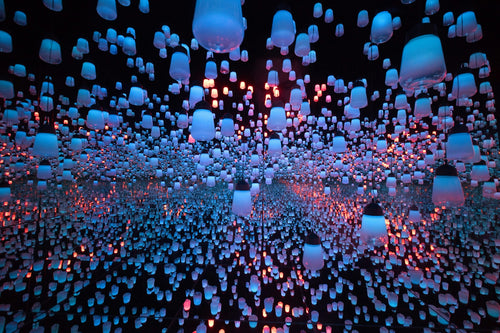
Top 10 museum to visit in Tokyo
Tokyo is home to a diverse range of museums that cater to all interests, from art and history to technology and pop c...
-
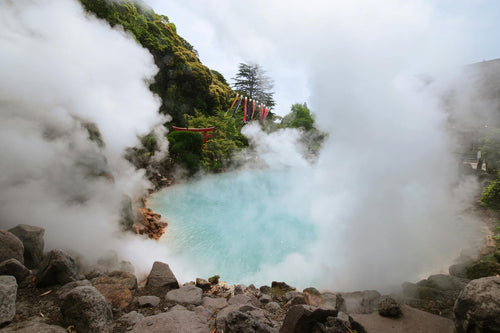
9 Best Hot Spring and Bathhouse in Tokyo
Tokyo is known for its vibrant urban energy, but it's also a fantastic place to relax and rejuvenate in hot springs (...
-
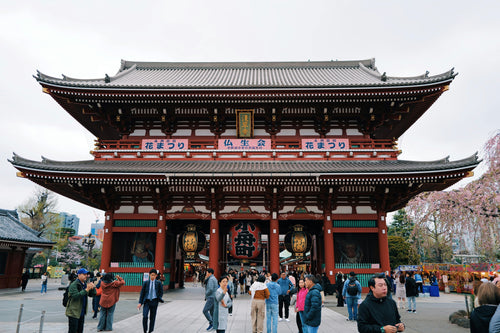
15 Famous Temples and Shrines to Visit near Tokyo
Tokyo and its surrounding areas are home to many famous temples and shrines that showcase Japan's rich spiritual and ...









































